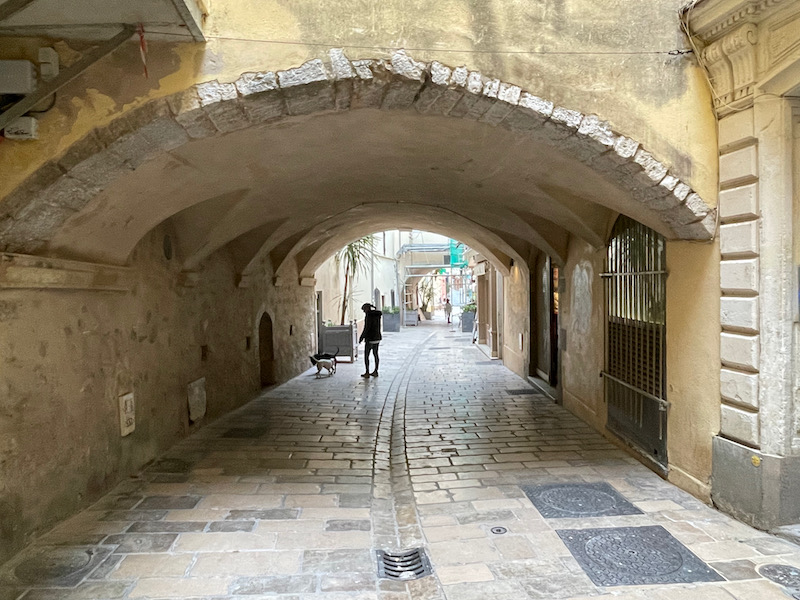Our Blog - Cote d'Azur - Hyères, France
It may be an odd way to introduce the town of Hyères, but the first time we ever heard of it was when we were starting to learn French using the Lawless French website. The creator of the site, Laura Lawless, is an American who has lived in a variety of places including the town of Hyères and she had a French reading practice on the town.
In the 4th century BC, Greek sailors coming from Marseille established the commercial outpost of Olbia on the coast. Documents dating back to 963 AD make mention of the name "Eyras" which, over the years, became Hyères. Porte Massillon dates back to the 14th century and was the main city gate.
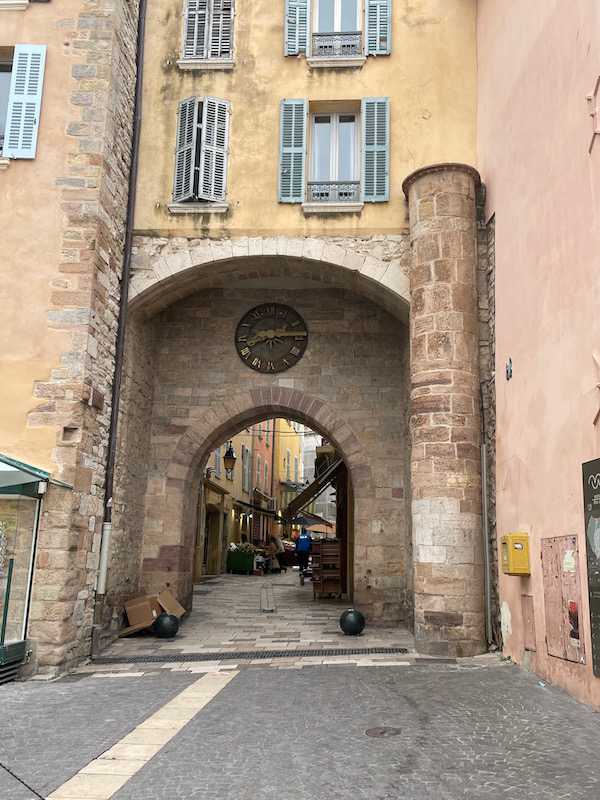
The Knights Templar built a chapel here in the 13th century. These monk-soldiers owned a large cultivation estate in the nearby Sauvebonne valley. These days, the tower regularly hosts temporary exhibitions.
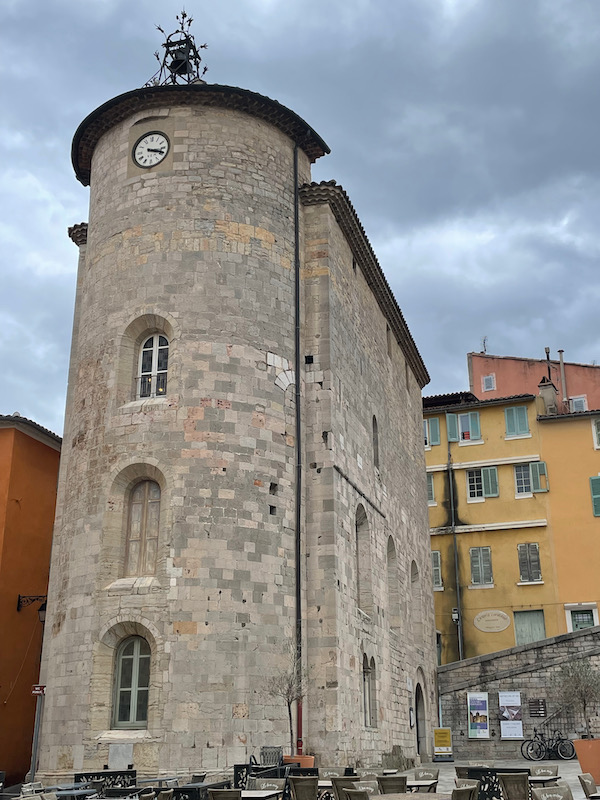
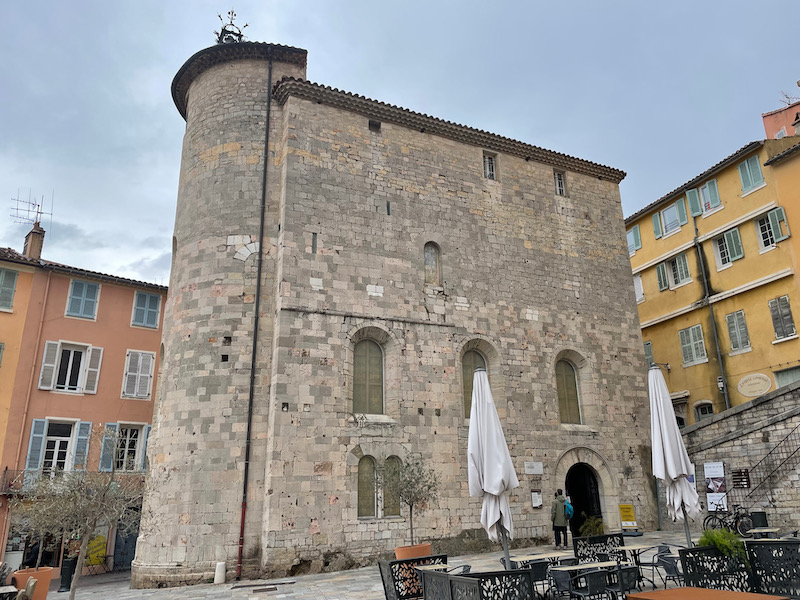
Another city gate, Porte Saint-Paul adjoins the collegiate church of the same name and dates from the 12th - 13th century. It was an integral part of the urban wall built in the 13th century and retains portcullis grooves and a colorful blue ceiling. I found it interesting that it seems like someone built a house on top of it!
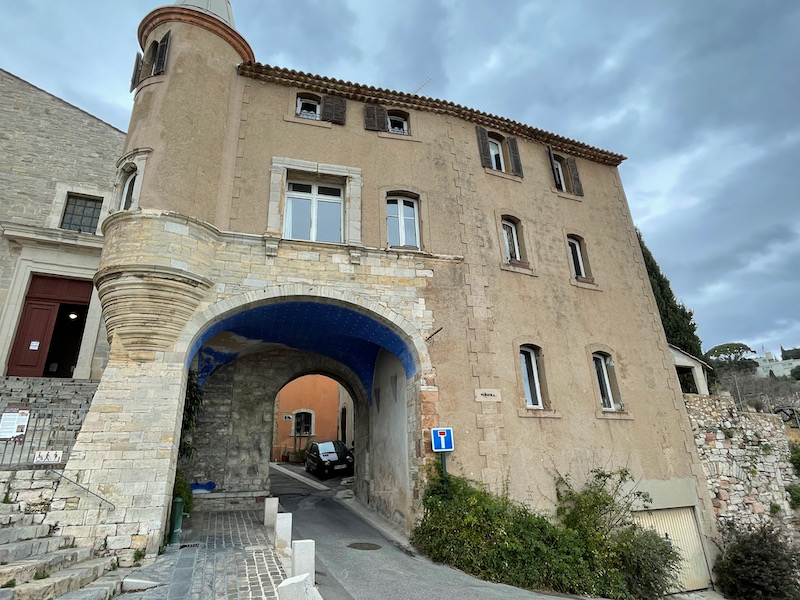
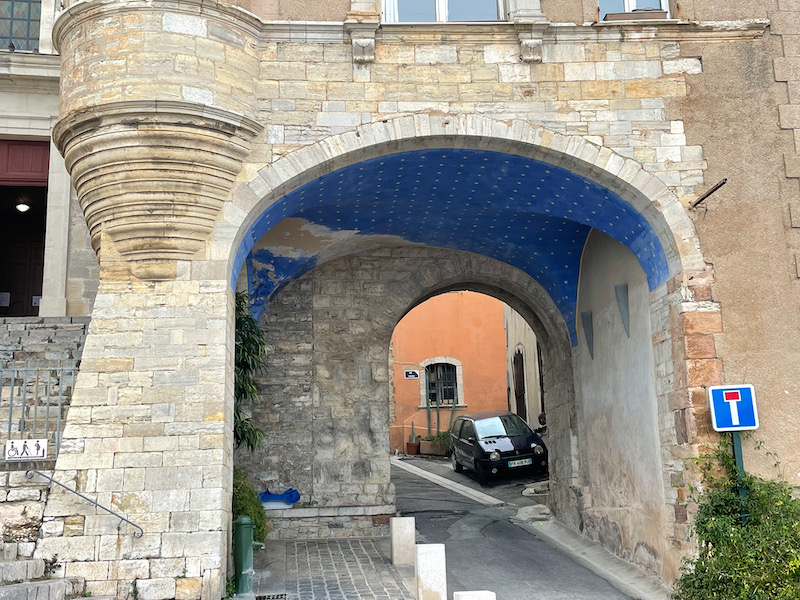
The Saint-Paul collegiate church is on one side of the gate and dates from the 12th century. It looks quite odd because while you can see the stairs and door, it is set back a bit off the road and there are houses built up against it.
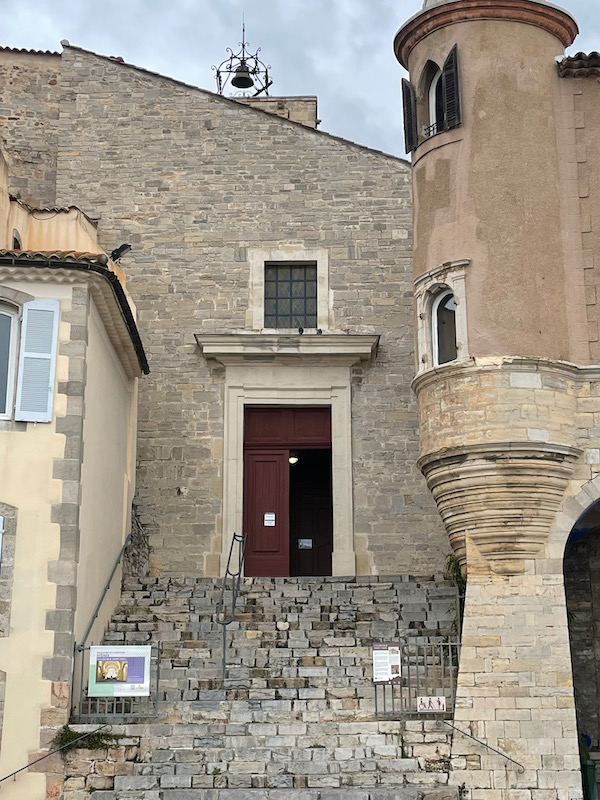
When you walk in, it seems VERY clean and bright, which most likely means that there was a renovation that was recently completed. In fact, some of the information that I had found on the church indicated it was closed for work, so perhaps we visited just after they reopened. The building itself is Romanesque in style but the nave was redone in the 14th century in Gothic style, which is easy to recognize with all of the pointed, ribbed vaults.
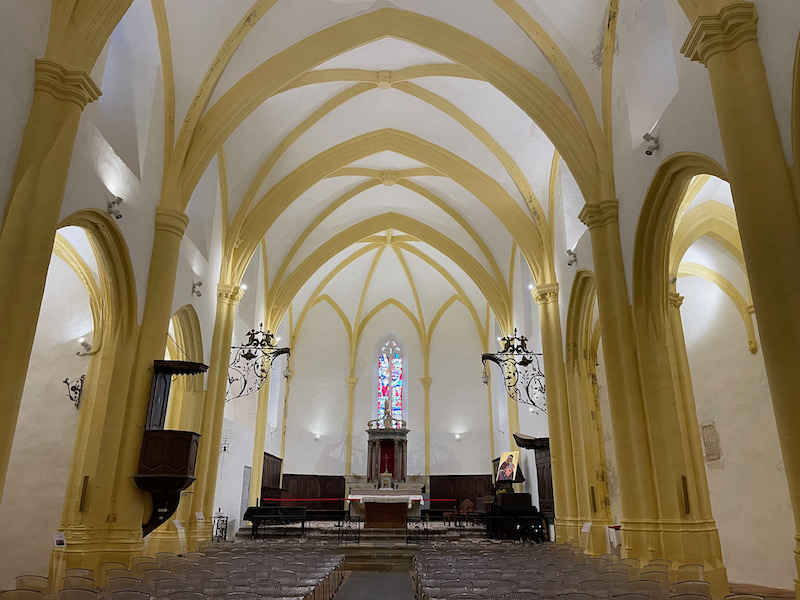
What I assume is an old baptistry which doesn't seem to have been updated like the nave, sits in the corner.
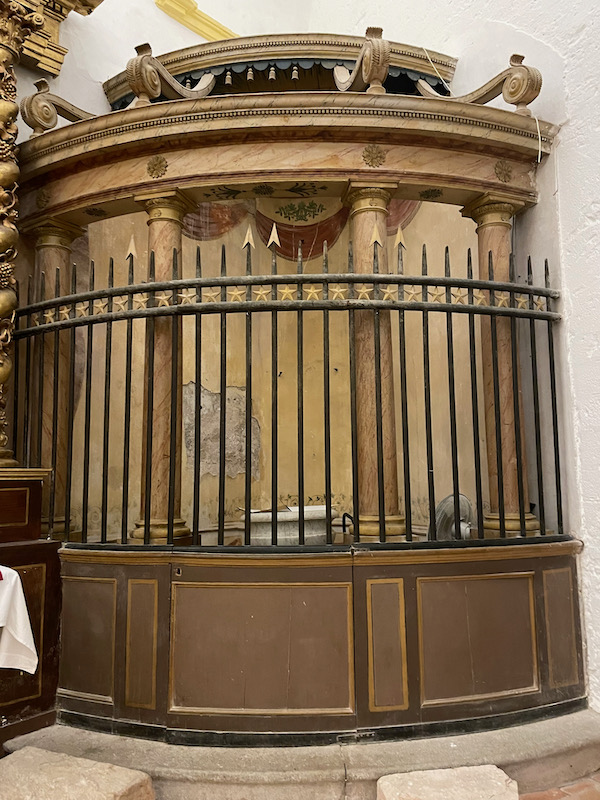
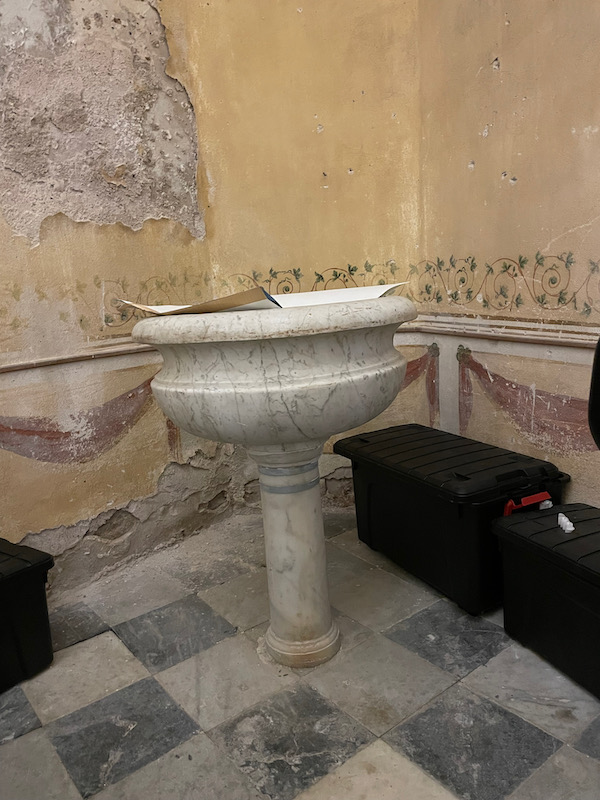
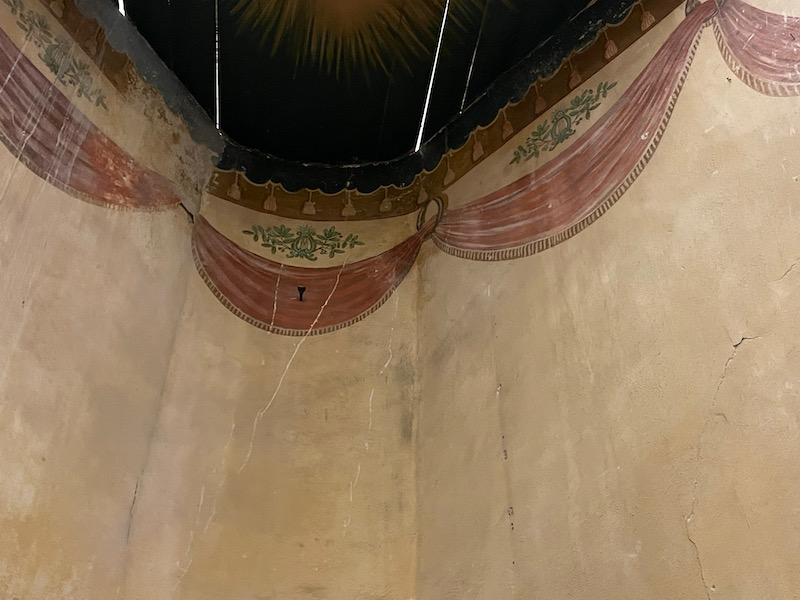
The altar has a nice baldaquin from the end of the 18th century. On either side of the altar are lantern-holders that also date from the 18th century.
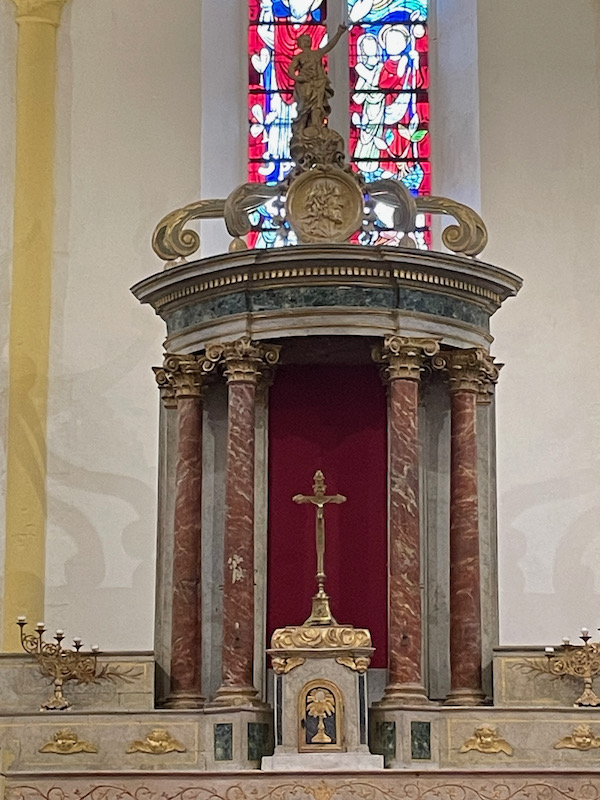
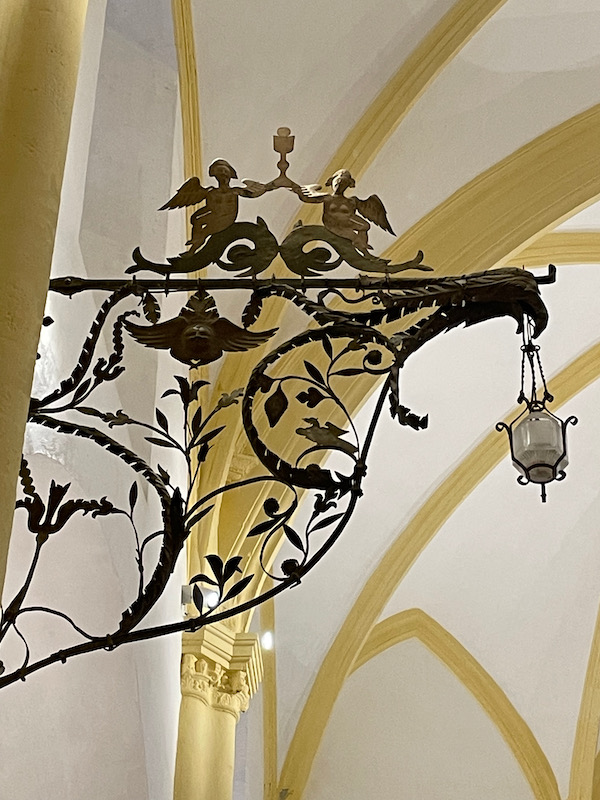
This is called the Romanesque house and it is a typical house from the 13th century.
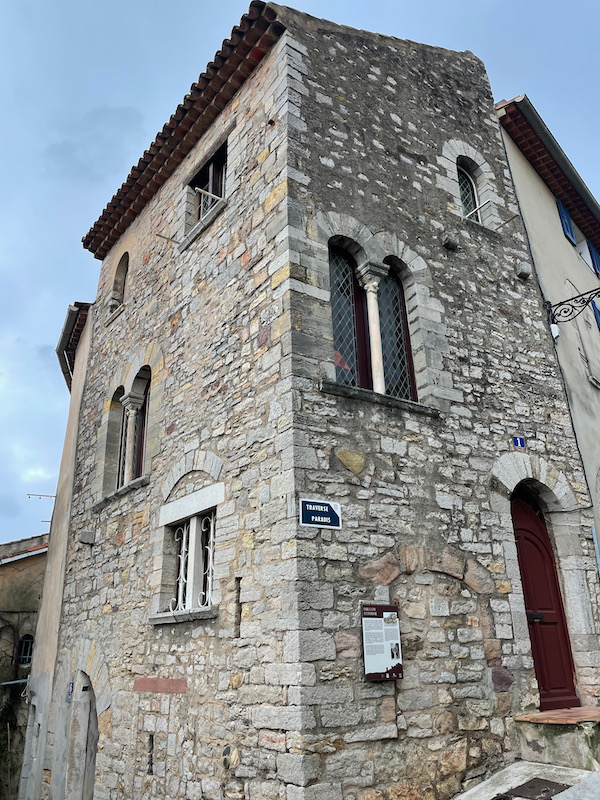
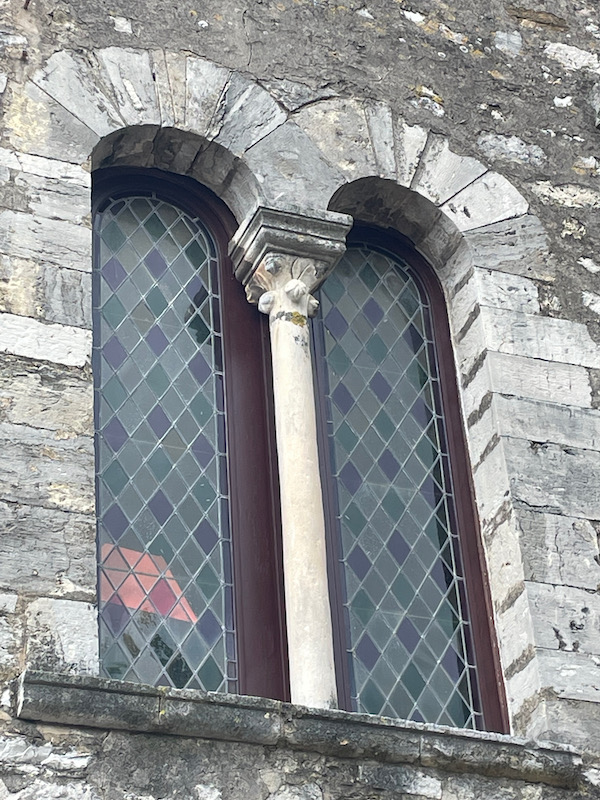
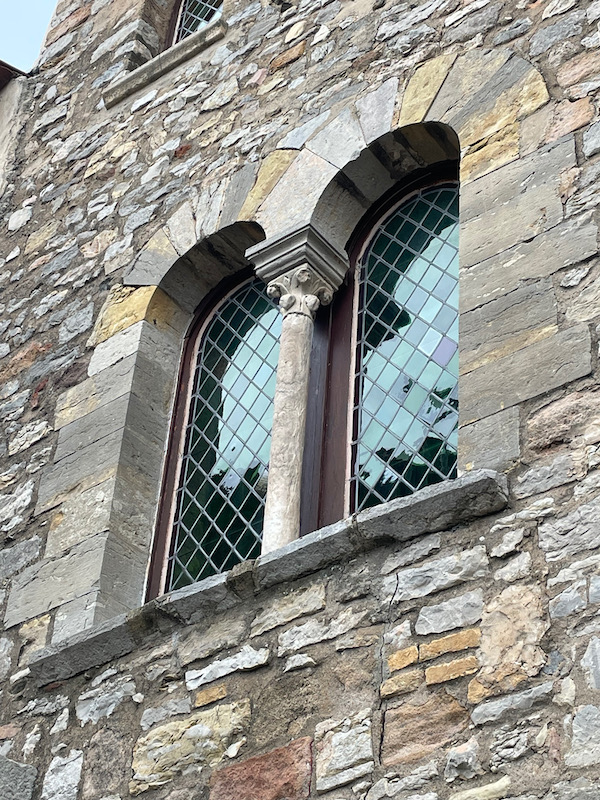
The Barruc Gate is the only surviving double gate from the town’s 13th-century fortified inner walls.
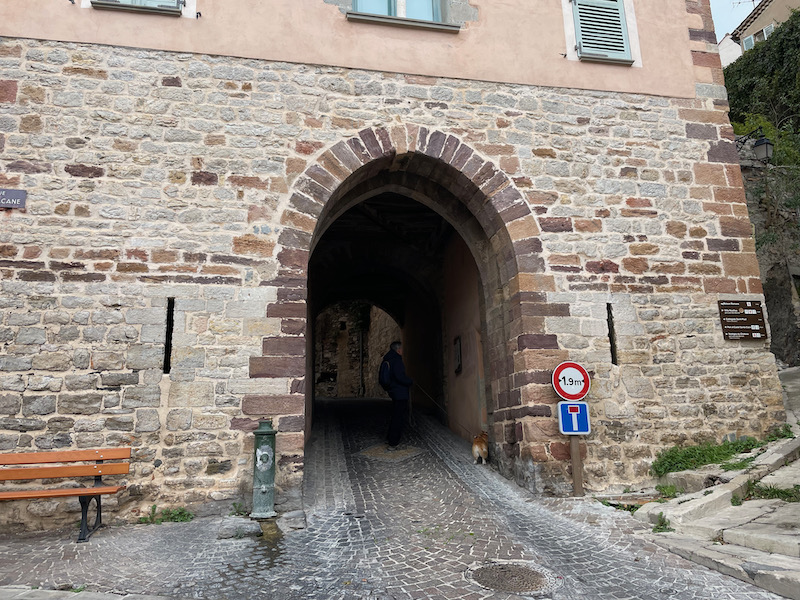
This is somewhat of an interesting picture .... In the 18th century, the people started erecting their homes on what was left of the medieval walled enclosure, which had fallen into disuse. They also extended the homes to create additional living spaces by building porches over the streets.
